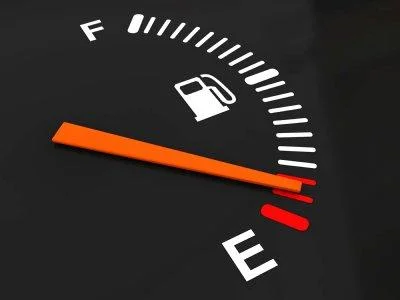Which Petrol is Best?
Vortex, V-power, Ultimate, Bio Ethanol – and the numbers: 91, 95 and 98, plus E10: Confusing, isn’t it? Which fuel should you really tip in your car?
Stuck Accelerator? Here's What You Do
For those times when 'drive one and you'll never stop' becomes more than mere marketing hyperbole
In light of Toyota’s recent 14-million-strong recall for stuck accelerators, it might be a good idea to plan for this contingency.
Step 1
Go through...
Why 4WDs Proliferate in Gridlocked Cities
Sick of wasting your life in traffic? At least you're not alone
If you spend one hour driving to work (much of it, stopped in gridlock) and one hour getting home, at the end of one year you have spent the same amount of time stuck in traffic as the average person spends awake in a month. It’s the textbook definition of wasting your life in traffic.
(Two hours per day equals 10 hours per week equals 480 hours a year with four weeks of annual leave. If you’re awake 16 hours a day for 30 days a month, that’s 480 hours too. It makes you think about all that commuting.)
See my report on peak-hour traffic absurdity, which ran live on Sydney radio 2UE, below. Bankstown to Sydney CBD, toll roads versus free roads.
Australia’s roads are becoming ridiculously congested. It’s obvious, right? Maybe this ‘escape clause’ is one of the reasons why an incredible one in three new-vehicle buyers are purchasing a 4WD vehicle of some description, be it a ‘proper’ 4WD (with real off-road potential), a so-called ‘soft roader’ (read: ‘light-duty 4WD’) or some form of 4WD ute. Perhaps the aspiration one day to escape the daily grind is strong when you’re paying through the neck to sit in peak-hour gridlock.
These people might own a 4WD to escape, but the chances are they probably drive overwhelmingly in congested, peak-hour conditions in big cities. Traffic jams are increasing, as the growth in city-based driving out-paces infrastructure investment, and while public transport fails to cope.
Here’s a snapshot of driving Down Under.
How to Save Money Commuting
Save time, save money – and get some of your life back
This post is about how to save money commuting.
Easing the burden (and cutting the cost) of daily commuting is easy - in theory. You can save money commuting. How much money you actually save commuting depends on the nature of your job and the flexibility of your employer.
Here are four key strategies to save money (and time) commuting to work and back:
1. How to save money by telecommuting: Convince the boss you can work from home
Obviously it’s not a one-size-fits-all proposition, but in an increasingly digital world many of us could save money commuting simply by working from home – at least some of the time. If you have broadband, you can even communicate face-to-face with colleagues over Skype. Writing proposals, reports, etc., editing video, graphic design, admin – many jobs have an ‘e-world’ component that can be done just as proficiently from home as from the office. Working from home is the perfect way to save money commuting.
The key to making this work is to make it a



